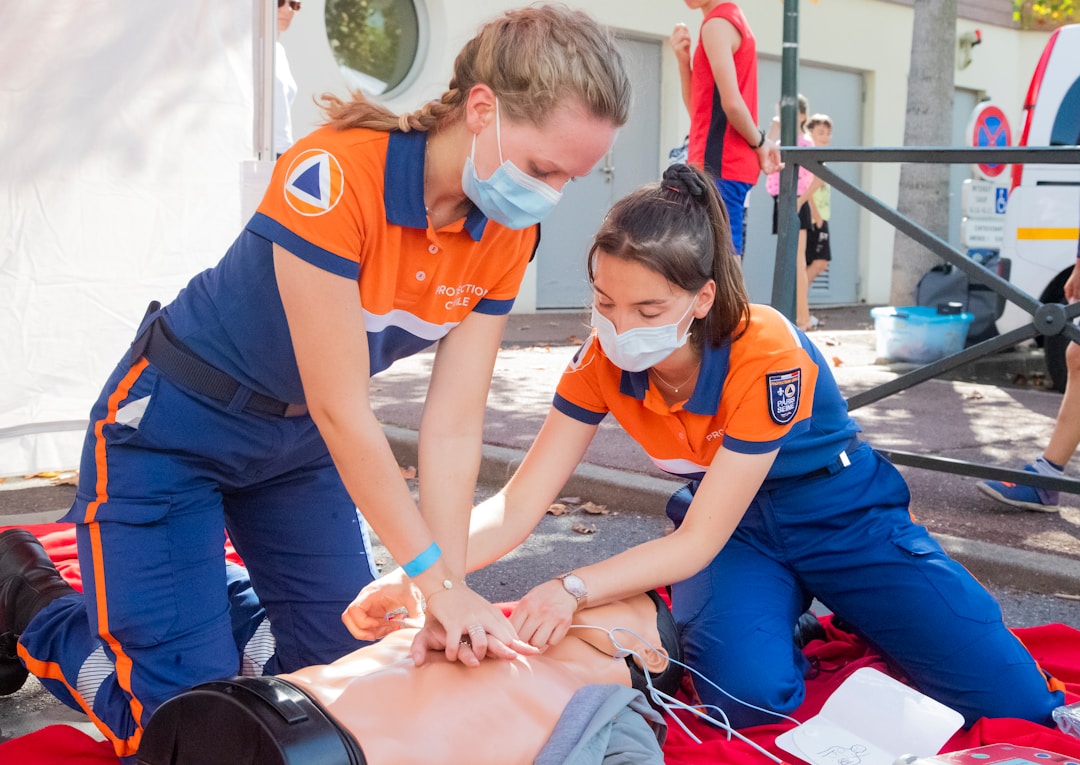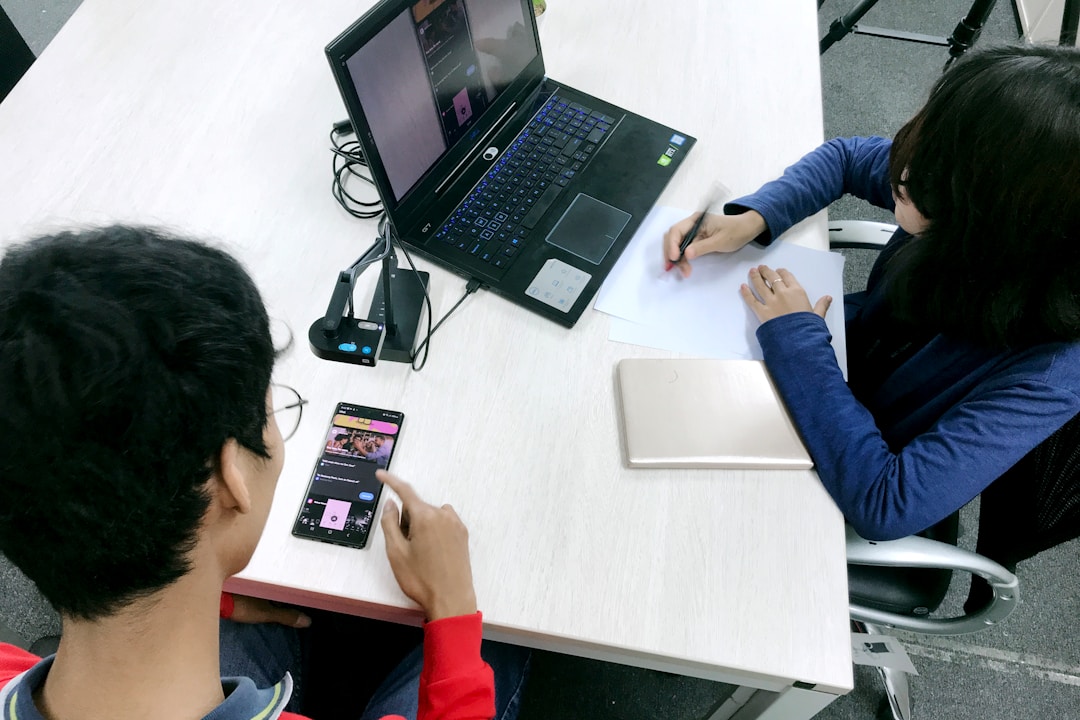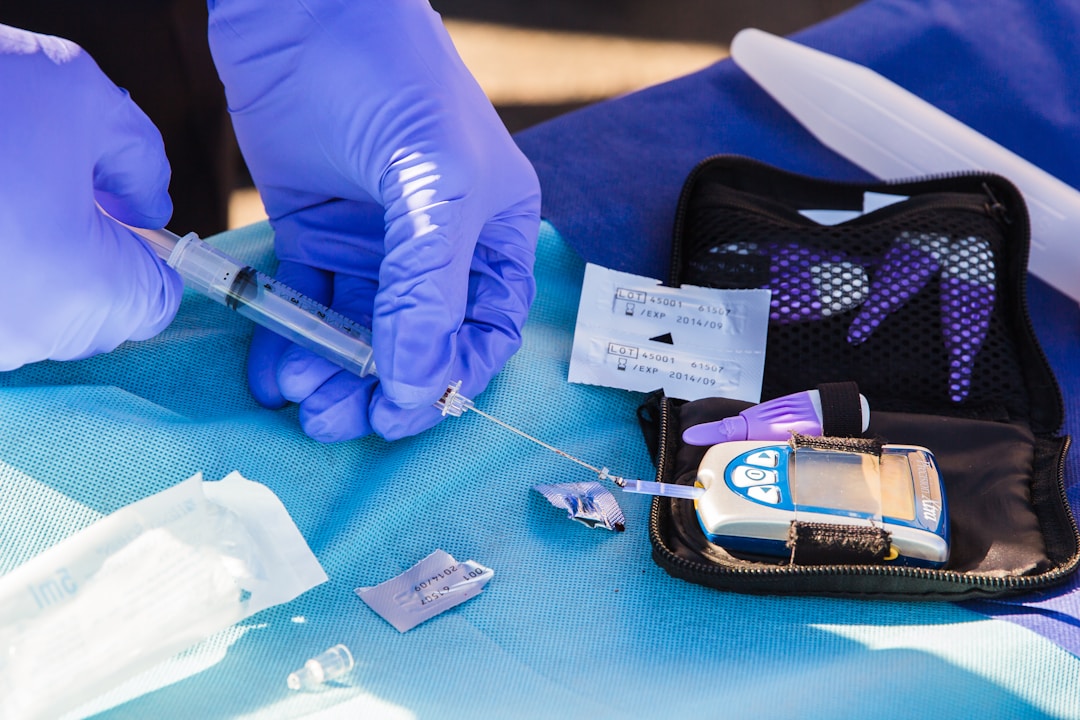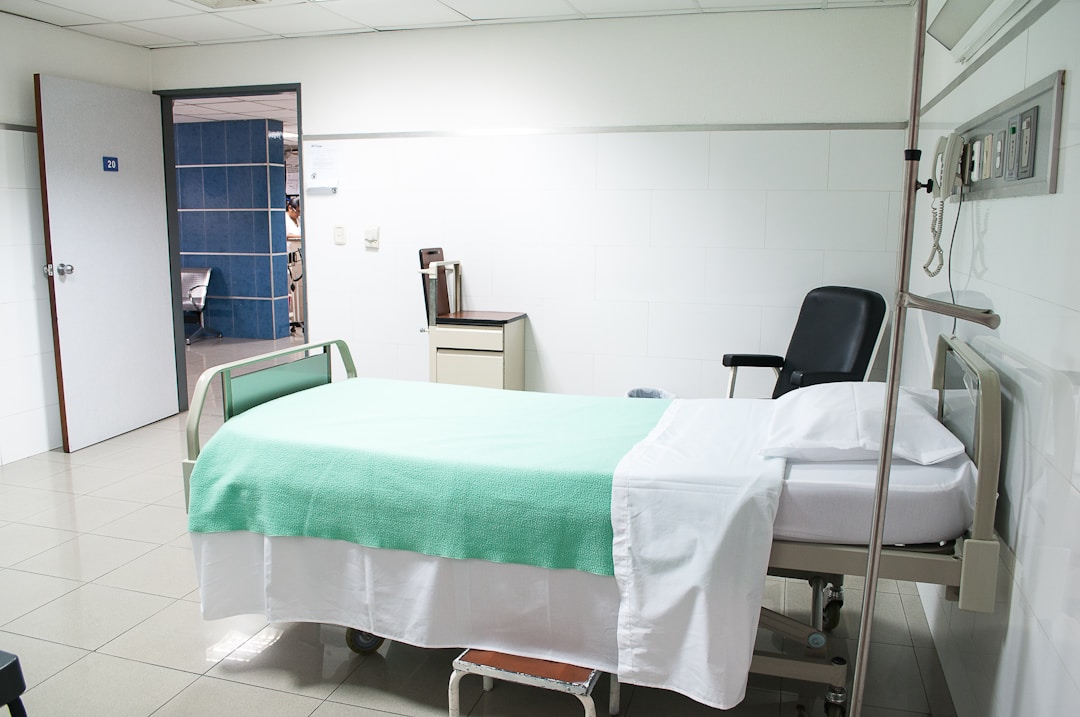ChartFlow Team
Nursing school is expensive and we all know that costs just continue to rise. Because of that, we take a firm stand against the exorbitant fees charged by publishers and testing providers when it comes to student materials. In fact, we’d give ChartFlow away for free if we could (our CFO says we can’t, but we made a compromise and sell it for only $15 a student). However, we did make a few activities for students to use for free and there’s no limit to how many of your students can sign up. You’re welcome to use our free section in your classroom, e-learning platform, or wherever else you’d like!
If you’re an educator in a Nursing or Health program that doesn’t have funding for simulated charting, this activity is great for homework. Not only will it introduce students to documentation, but it will also allow them to work on prioritization and critical thinking skills.
Here’s what to do
- Setup: Print this page or share the link with students. They will be able to create a ChartFlow account for free and access the prioritization activity using access code a75359acb5. After they complete the charting at home, they’ll be able to open the same activities again on their smartphone, laptop, or tablet the following day by logging in with their account to view their saved work. You won’t be able to grade work electronically as an instructor (you need a paid account for that), but students will always have access to their free activities.
- Assignment: At home, have students click on Activity #3 which is auto-uploaded into every free account. Students should be able to read each of the three patient charts and mentally classify the patients as “stable” or “unstable”. They should identify which patients need the most urgent attention and which require continued monitoring. Have students chart the actions they would take for each patient and use the narrative notes section to record anything they find important about the patient(s). For example, if one of the charts has an order for amoxicillin, the student should record giving amoxicillin as if it were a simulated patient scenario.
- In class review/discussion: The next day, create a student account or have a student log in on your projector or SMART board. Ask the class to share their opinions about which patients are stable vs. not, and which would need care first. Talk through the charts and what you’re looking for. As a class, come up with a plan for what needs to be done during their ‘shift’ and discuss why or why not each activity is correctly prioritized. If each student has access to a laptop in class, you can walk around after the discussion and review their charting to make sure they accurately recorded what they would have done in terms of patient care.
At the end of the activity, students should have a better understanding of prioritization. By talking through the activity as a group, it helps students recognize not just what they should be thinking, but how they should be thinking.
We hope this helps in your RN, LVN, or even CNA classrooms, but no matter what, let us know what you think! We love to hear from our users.
More posts like this










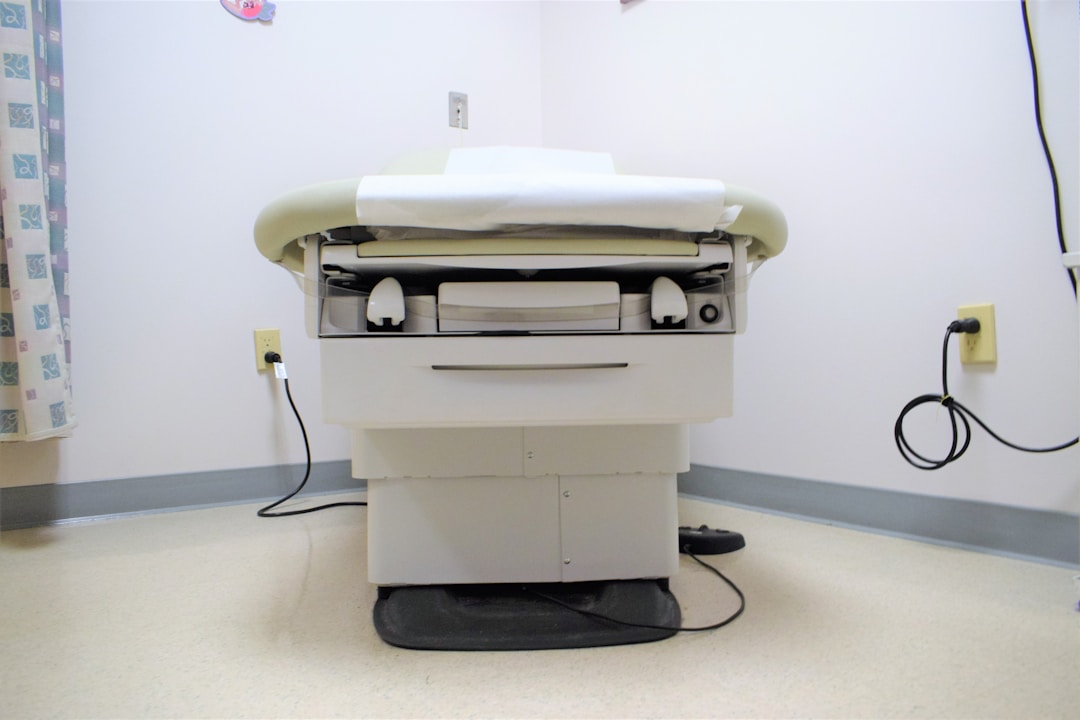
_(2)/w=1080,quality=90,fit=scale-down)




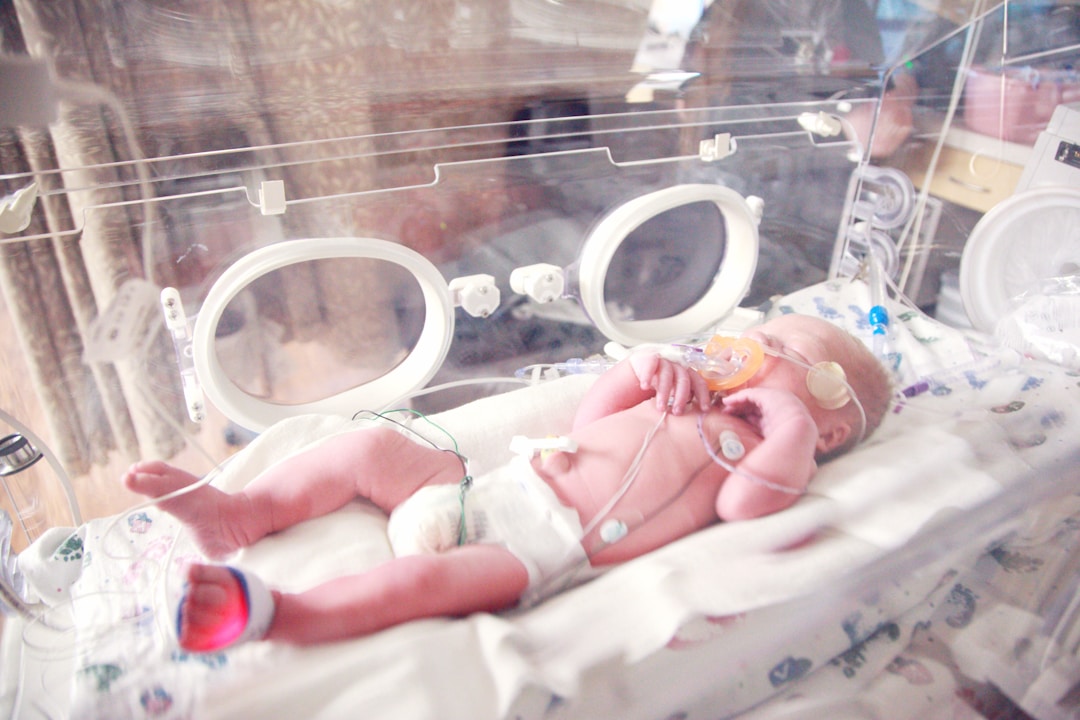



/w=1080,quality=90,fit=scale-down)






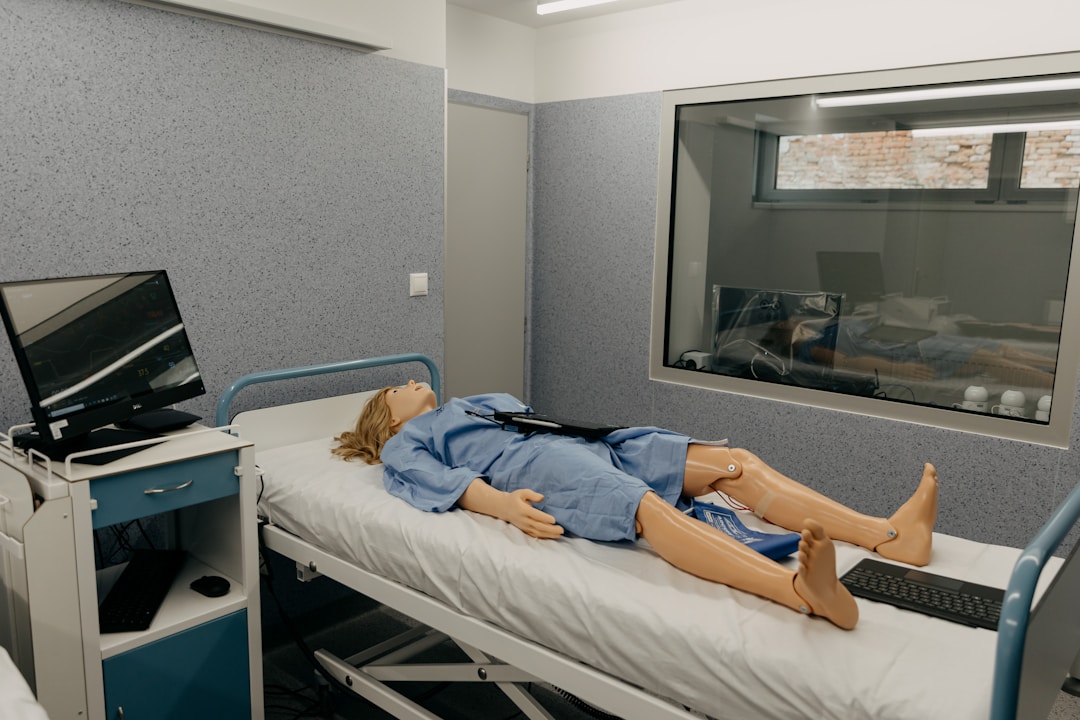











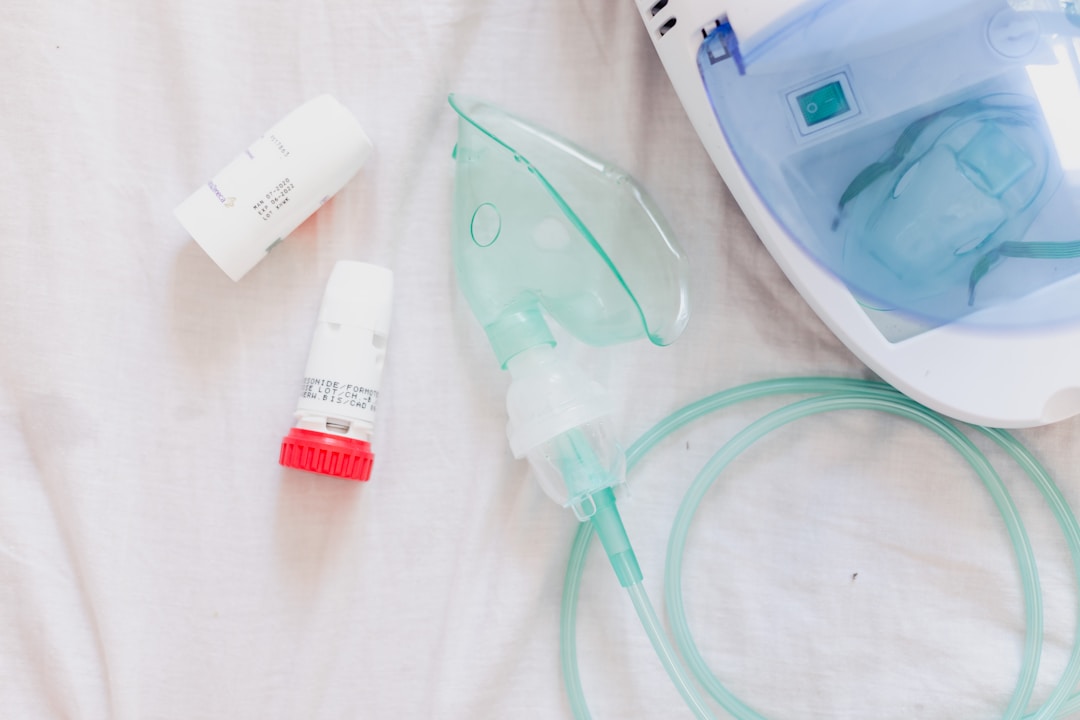

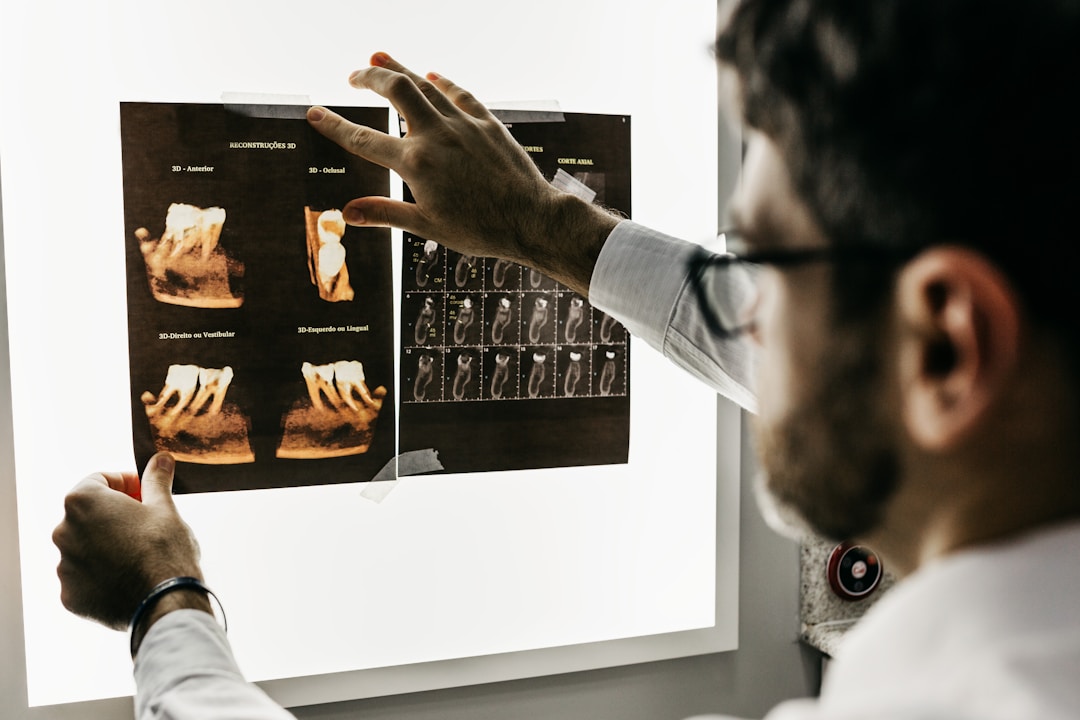

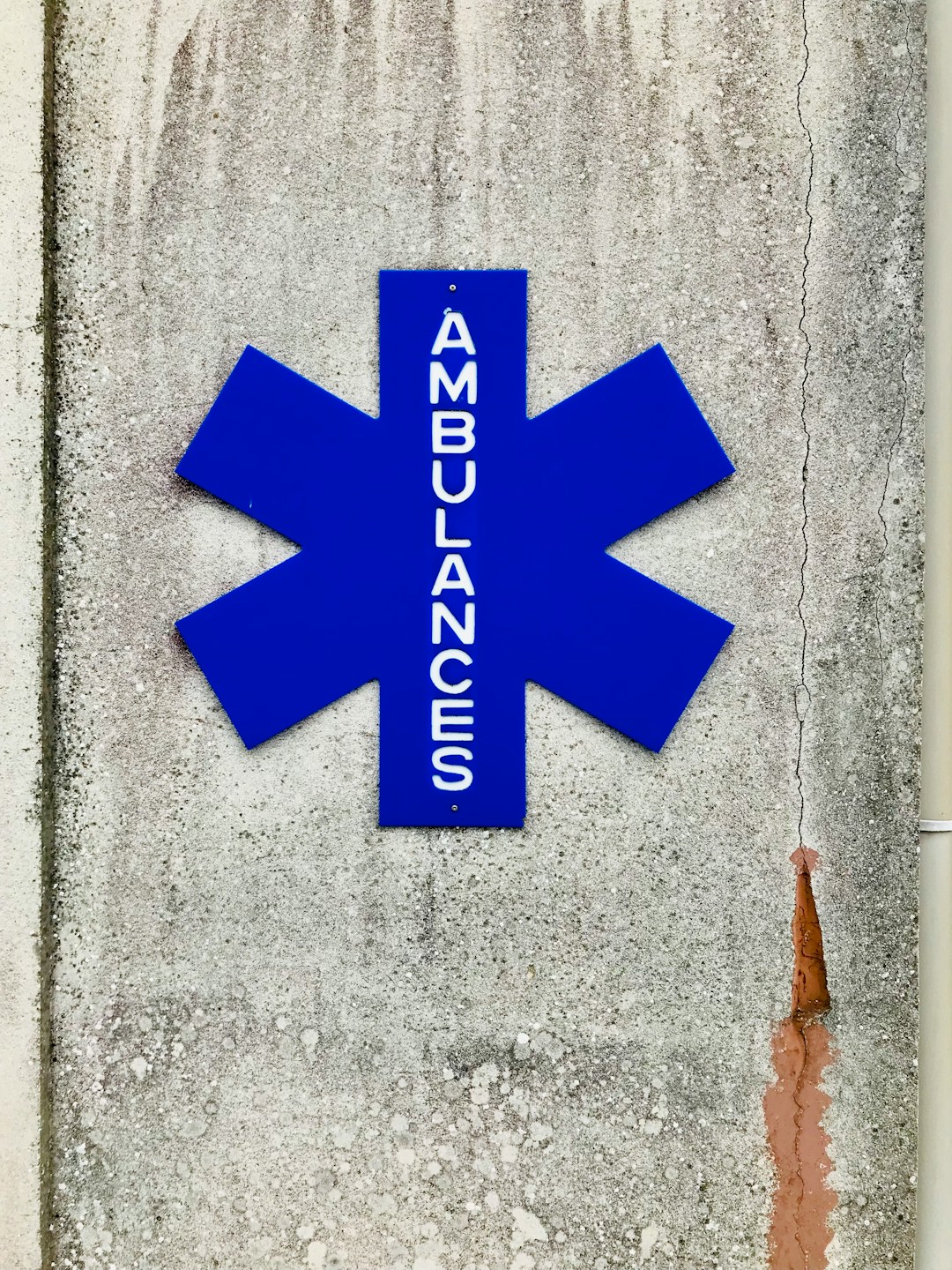





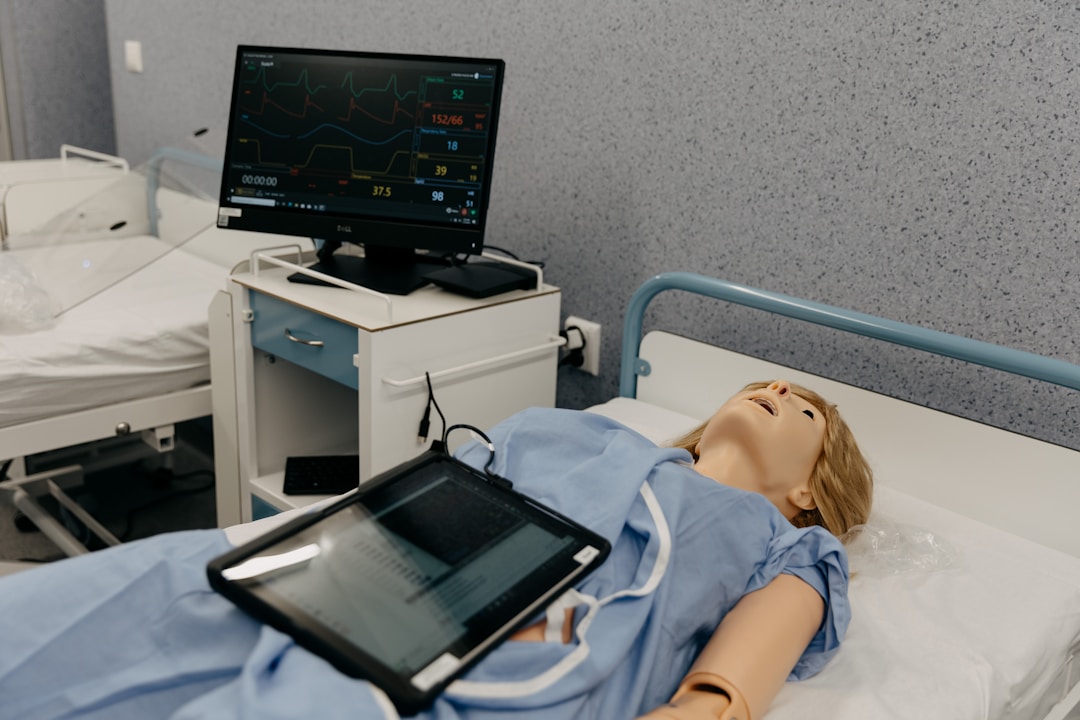











/w=1080,quality=90,fit=scale-down)
_(1)/w=1080,quality=90,fit=scale-down)









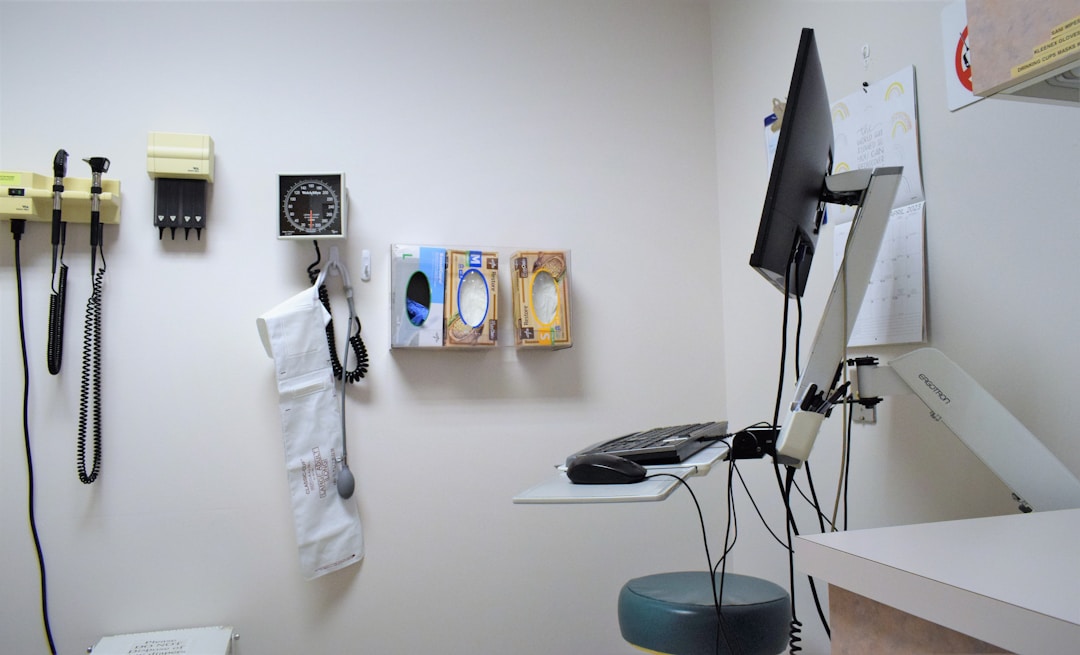




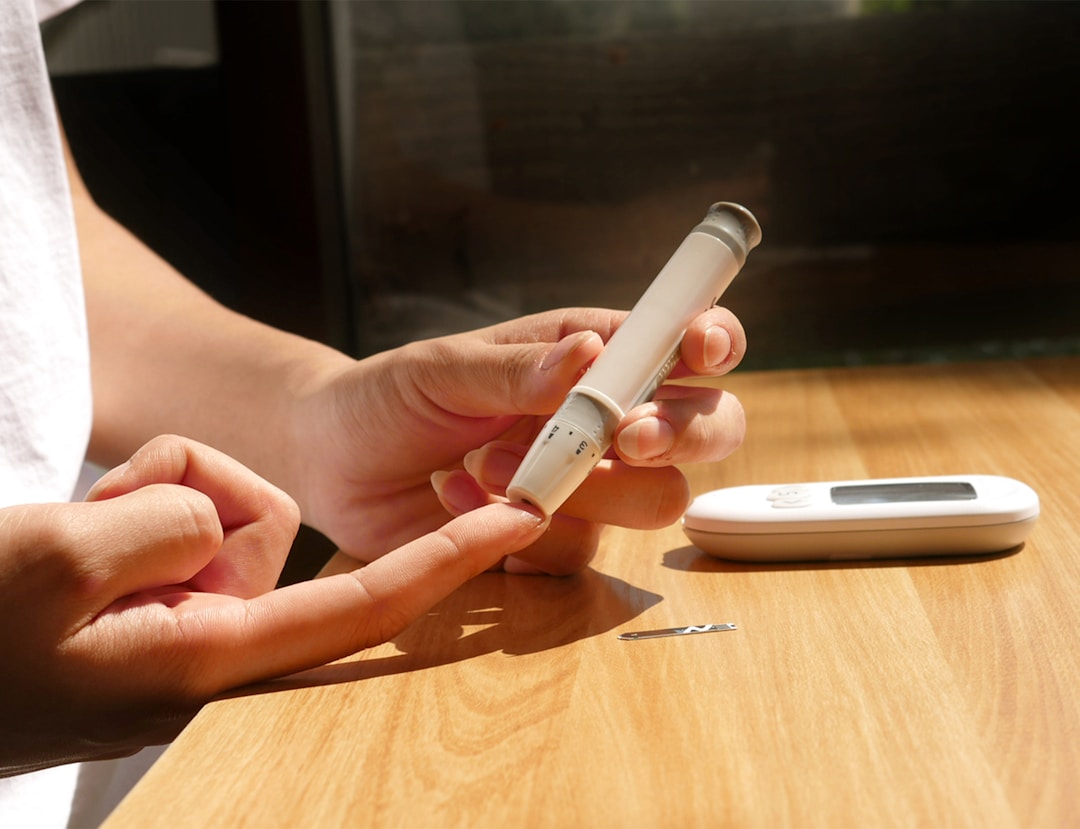








/w=1080,quality=90,fit=scale-down)







